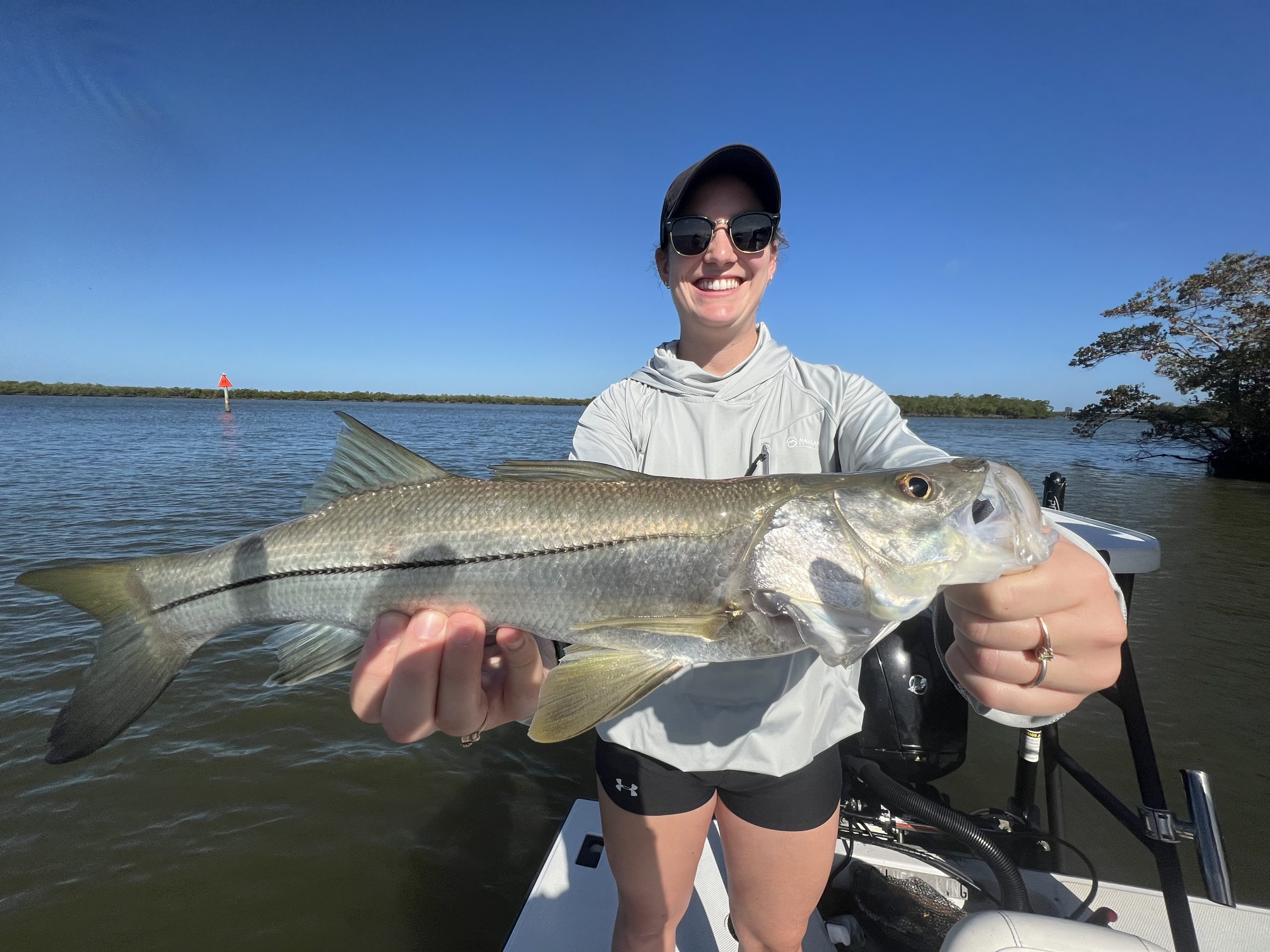Southwest Florida is renowned for its pristine coastline, turquoise waters, and abundant marine life. But beyond the bustling tourist destinations and popular beachfronts, the true treasures of the region lie in its backcountry waters. From the peaceful estuaries and mangrove-lined creeks to the shallow flats, fishing in Southwest Florida’s backcountry offers an unforgettable experience for anglers of all skill levels. Whether you’re casting a line from a small boat or wading through the shallows, the area’s backcountry fishing is as diverse as it is rewarding.
The Backcountry Ecosystem
The backcountry waters of Southwest Florida include the estuaries, tidal flats, and mangrove forests that stretch from Sarasota down to the Florida Keys. These areas are rich in biodiversity, serving as crucial breeding grounds for many species of fish, including snook, redfish, trout, tarpon, and a variety of other inshore species. The network of barrier islands, oyster bars, and tidal creeks creates an intricate web of habitats, each teeming with life.
Mangroves, with their tangled roots and dense canopy, are one of the most critical features of the backcountry ecosystem. They provide shelter for juvenile fish, while also offering an excellent location for anglers to target larger fish that frequent the area for food. These fish, such as snook and redfish, often cruise the mangrove shorelines, waiting for an easy meal to swim by. Meanwhile, the shallow flats attract species like spotted seatrout and the ever-popular tarpon, known for their acrobatic leaps and challenging fight.
Ideal Fishing Conditions
Backcountry fishing in Southwest Florida can be enjoyed year-round, but certain seasons offer peak conditions for specific species. The cooler months, from October through April, are ideal for targeting redfish and spotted seatrout. These species are abundant and can be found in shallow, warmer waters as they seek shelter during the colder weather. Spring and summer months, from May through September, are prime time for tarpon, snook, and other species that thrive in the warmer waters of the Gulf.
Water clarity plays a significant role in backcountry fishing success, and this varies throughout the year. During the dry season, the water is usually clearer, making it easier for anglers to spot fish and present baits with precision. However, during the rainy season (typically June through September), the water can become murkier, which may require anglers to adjust their tactics—using scent or sound-based lures to attract fish.
Targeting Popular Species
- Redfish: One of the most sought-after species in the backcountry, redfish are known for their aggressive strikes and powerful runs. In Southwest Florida, redfish can be found in the shallow estuaries, near mangrove shorelines, and around oyster bars. Sight-casting to tailing redfish in shallow water is a popular challenge, especially during the fall and winter months when these fish congregate in large schools.
- Snook: Snook are another staple of backcountry fishing in Southwest Florida. These elusive predators can be found along mangrove edges, under docks, and near structures like bridges. Snook are particularly active during the warmer months and are known for their explosive runs when hooked. Many anglers target them with live bait, like pilchards or mullet, but artificials such as soft plastics or topwater lures can also be highly effective.
- Tarpon: Known as the “silver king,” tarpon are one of the most iconic species in Southwest Florida. These powerful fish migrate through the backcountry waters, particularly around Boca Grande Pass, in search of food. Although tarpon fishing is more often associated with the open waters of the Gulf, many anglers find success targeting tarpon in the backcountry’s deeper channels and inlets, especially during the late spring and summer months.
- Spotted Seatrout: A favorite for both novice and experienced anglers, spotted seatrout are abundant in Southwest Florida’s backcountry waters. They are typically found in shallow, grassy flats and mud bottom areas, often in schools. While they can be caught year-round, they are most active during cooler months, making them a prime target in the fall and winter.
Fishing Techniques and Tactics
Backcountry fishing often involves a mix of sight fishing, drift fishing, and live bait fishing. Depending on the species, anglers may use light tackle or fly rods for a more challenging experience. Because of the shallow waters, stealth is key—anglers often use shallow-draft skiffs or paddleboards to silently approach their targets.
For snook and redfish, anglers often use live bait, such as shrimp, pinfish, or mullet, cast near mangrove roots or over grassy flats. Artificial lures like soft plastics, spoons, or topwater plugs also work well, especially when fishing for species like trout and snook. Fly anglers will find plenty of opportunities to cast for tarpon, snook, and redfish using baitfish imitations.
Conservation and Sustainability
As with any fishing destination, conservation plays a crucial role in maintaining the health of Southwest Florida’s backcountry ecosystem. Anglers are encouraged to practice catch-and-release for species like snook and tarpon, which are subject to size and bag limits due to their importance in maintaining the local fishery. By following sustainable fishing practices, we can ensure that the backcountry waters of Southwest Florida remain a vibrant and productive fishery for generations to come.
In conclusion, fishing in Southwest Florida’s backcountry is an exceptional experience that offers both seasoned anglers and novices the chance to connect with nature while pursuing some of the most sought-after fish species in the world. Whether you’re chasing a trophy snook in the mangroves or battling a silver king in the shallow flats, the backcountry of Southwest Florida provides a rich, rewarding fishing adventure that should be on every angler’s bucket list.
Source link


